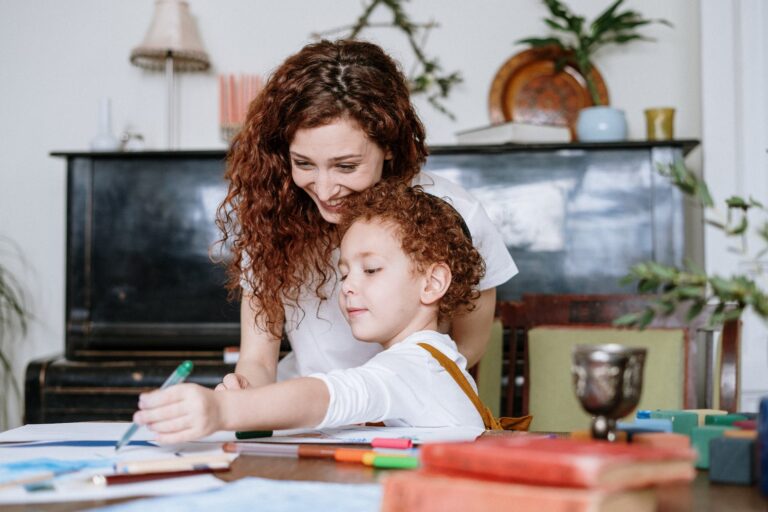
The Power of Positive Reinforcement: Effective Strategies for Encouraging Student Participation
Education is not just about imparting knowledge; it’s about fostering an environment where students feel motivated, engaged, and empowered to participate actively in their learning journey. One powerful tool that educators have at their disposal is positive reinforcement. By strategically employing positive reinforcement, teachers can create an atmosphere that not only encourages student participation but also nurtures a love for learning.
Understanding Positive Reinforcement
Positive reinforcement is a psychological concept rooted in behavioral psychology. Simply put, it involves providing a positive stimulus to reinforce and increase the likelihood of a desired behavior. In the context of education, this means acknowledging and rewarding students for their positive actions and contributions.
The Impact on Student Participation
1. Fostering a Positive Classroom Culture:
A classroom infused with positive reinforcement creates a safe and supportive space for students. When students feel valued and appreciated, they are more likely to actively engage in discussions, share their thoughts, and contribute to the learning environment.
2. Boosting Confidence and Self-Esteem:
Positive reinforcement plays a crucial role in building students’ confidence and self-esteem. When students receive acknowledgment for their efforts, they develop a positive self-perception, which, in turn, propels them to participate more actively in class activities.
3. Encouraging Risk-Taking:
Students are more likely to take academic risks when they know that their efforts will be recognized and celebrated. Positive reinforcement creates a culture where mistakes are seen as opportunities for growth, fostering a mindset of continuous improvement.
Strategies for Implementing Positive Reinforcement
1. Verbal Encouragement:
A simple word of encouragement can go a long way. Acknowledge students’ contributions with positive affirmations, highlighting specific aspects of their input. For example, “Excellent analysis, Sarah! Your insight on the historical context added depth to our discussion.”
2. Praise and Recognition:
Publicly recognizing students for their achievements not only reinforces positive behavior but also sets a benchmark for others. Create a “Student of the Week” board or allocate time during class to acknowledge notable contributions.
3. Tangible Rewards:
Consider introducing a reward system where students earn points or tokens for active participation. Accumulated points could translate into small rewards, fostering a sense of achievement and motivation.
4. Constructive Feedback:
Feedback is a powerful form of positive reinforcement when delivered constructively. Focus on specific strengths of a student’s contribution, providing guidance on areas for improvement. This approach helps students understand the value of their efforts and how they can enhance their participation further.
Overcoming Challenges
While positive reinforcement is a potent tool, it’s essential to navigate potential challenges. One common concern is the fear of over-reliance, where students may become conditioned to expect rewards for every action. To address this, educators can gradually transition from external rewards to fostering intrinsic motivation.
In conclusion, positive reinforcement stands as a cornerstone in creating dynamic and participative learning environments. Its impact extends beyond the classroom, shaping students into confident, engaged, and self-motivated learners. By incorporating these strategies, educators can unleash the full potential of positive reinforcement, transforming classrooms into vibrant hubs of active participation and collaborative learning.
more blogs
our verticals
- ISA Global
- Indian School Awards
Connect with us
- 163, Industrial Area Phase 1, Chandigarh 160002
- +91 9878643643
- [email protected]


